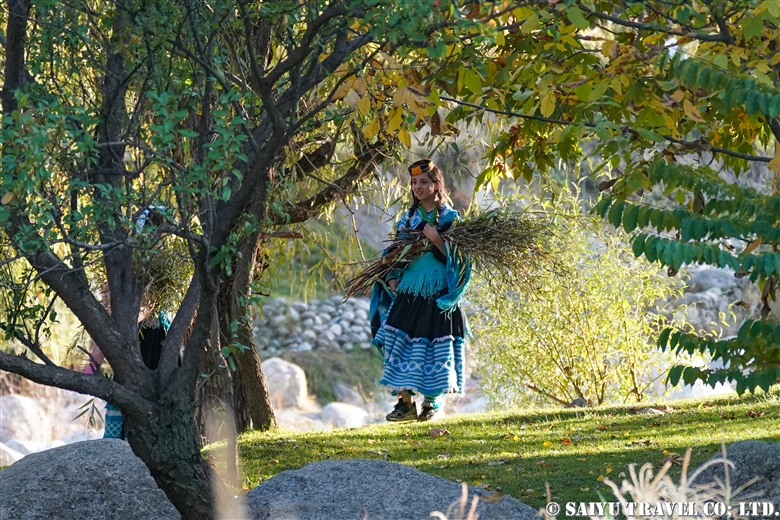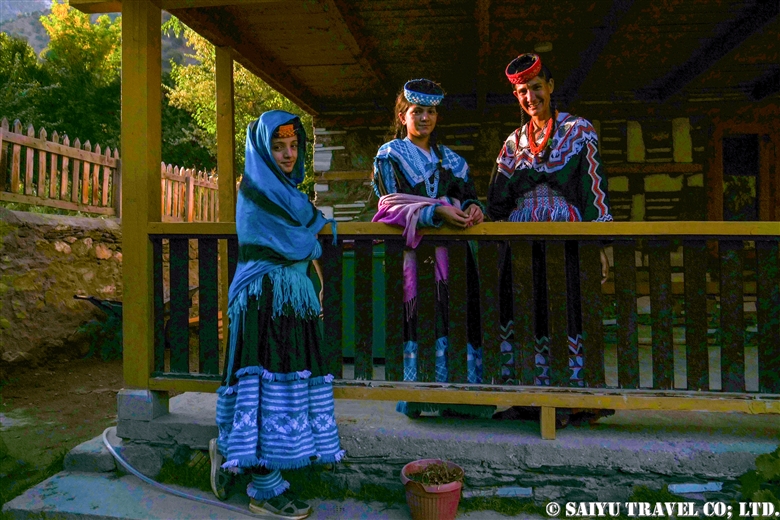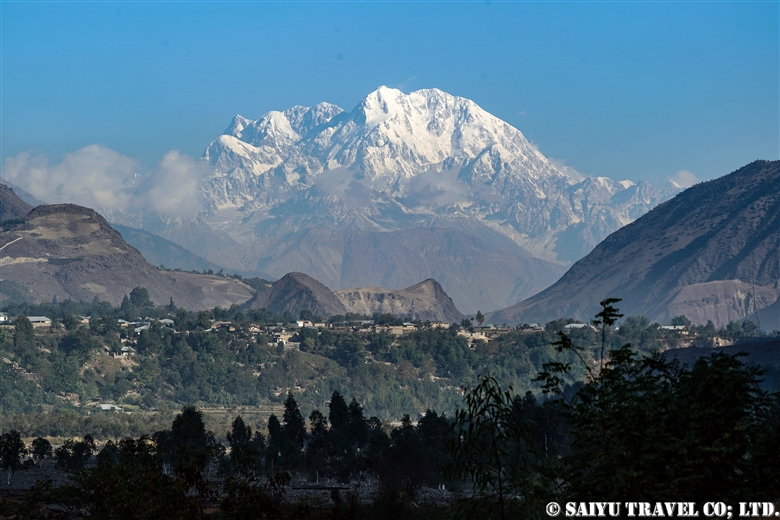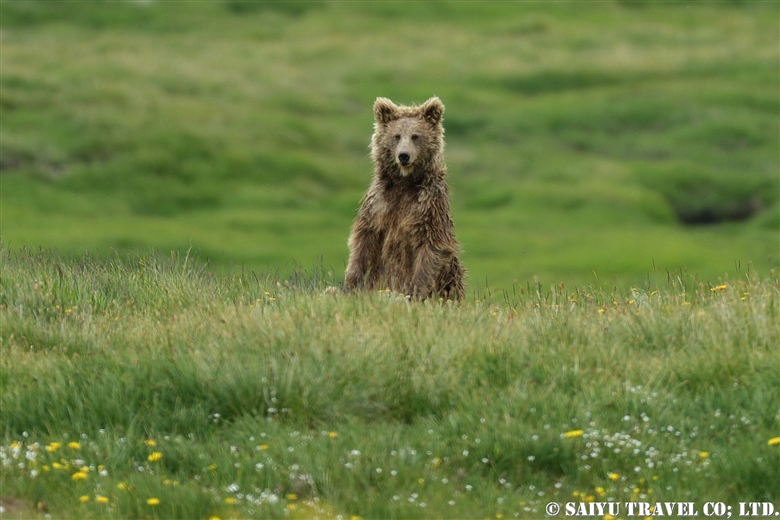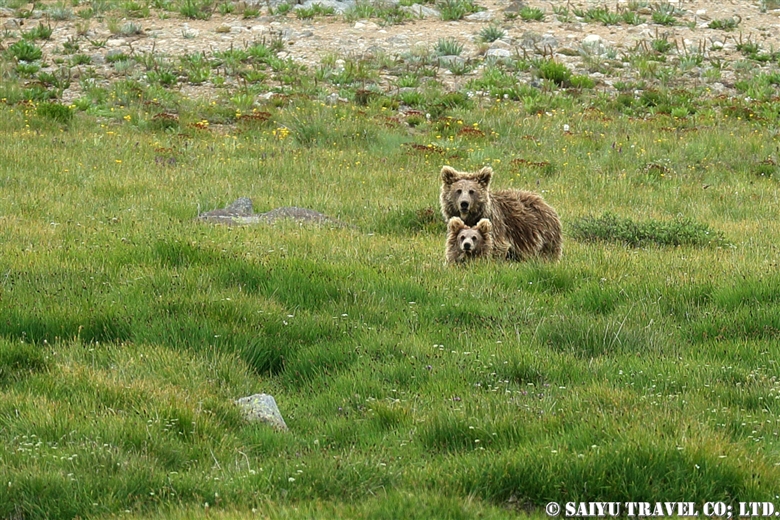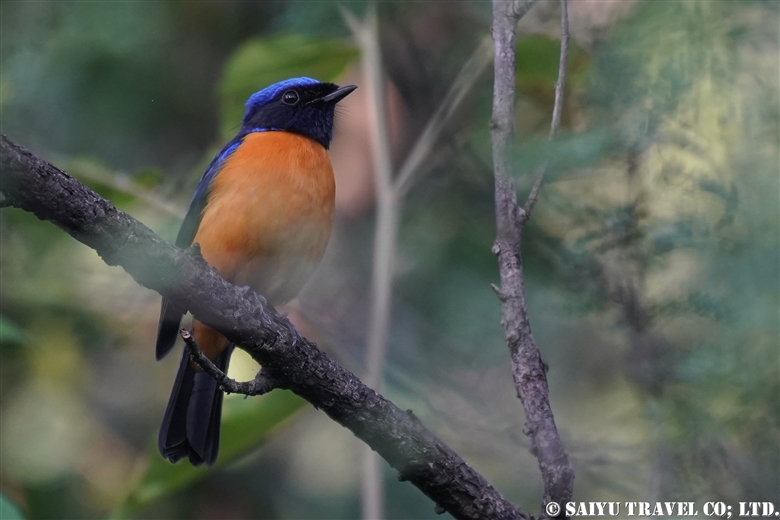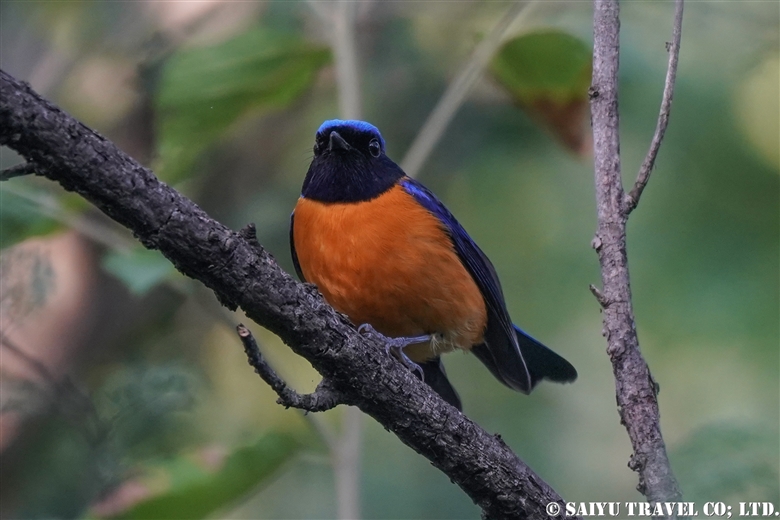In February of this year, we visited Balochistan with a Swiss-Mexican couple, Lucas and Patricia, and photographer Toshiki Nakanishi. Patricia made a wonderful travel Vlog of our travels. Narrated in Spanish with English subtitles, please see her video, as seen by the tourist.
Patricia is a wildlife photographer. Before coming to Pakistan, she was asked many times by her Swiss friends, “Pakistan? What wildlife is there to shoot? But isn’t it dangerous?” And now, after having been there to see for herself, she made this video “to show everyone the beauty of Pakistan and our journey there!”
And now, due to the Covid19 Pandemic, in the era of #stayhome…Patrica said “Now, I have lots of time!” Patricia, thank you for opening a way for the future of tourism in Pakistan!
Text : Mariko SAWADA
Special Thanks to SUMMERMATTER DIAZ ENRIQUETA PATRICIA. Please visit her web site: https://elpadiro.ch/
Category : = Video clip Balochistan > ◆ Video Breathtaking Views of Pakistan > ◆ Balochistan > ◇ Pakistan Travel TipTag : Mud Volcano , Drone footage Pakistan , Pakistan Blog , Pakistan Travel company , Pakistan Travel Blog , Pakistan tour operator , Travel to Balochistan , Pakistan Photography Tour , Indus Caravan , Pakistan Dronography , Saiyu Travel Pakistan , Vlog Pakistan , Balochistan , Balochistan movie clip , Balochistan Tour , Hingol National Park






